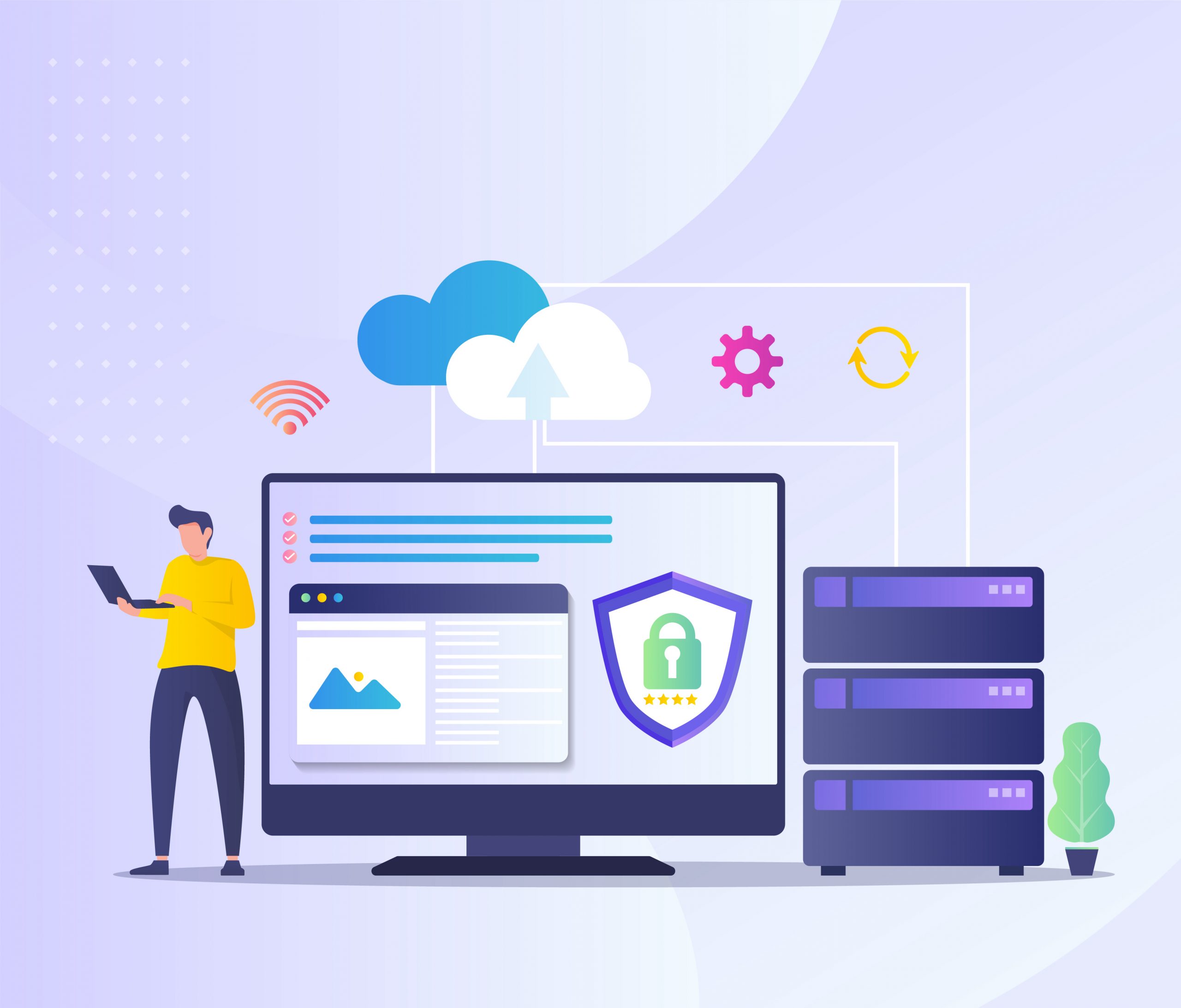2020 will have given many businesses a shift in mindset: sometimes the worst does happen. Be it a cyber attack or an earthquake, IT has a foolproof response. An IT disaster recovery plan and business continuity planning are designed to minimise damage to a business’s operations and bottom line. Whilst both achieve similar goals, they differ from each other a little. So, to avoid any confusion and help you choose the right solution for your business, here’s an overview of both.
What is disaster recovery?
If a business were to be hit by an incapacitating incident like a cyber attack or natural disaster, they’d turn to their disaster recovery plan (DR). It’s a carefully thought through playbook for such disasters, designed to restore a business’s functionality ASAP. Once Fusion’s disaster recovery specialists have taken ownership of the plan, there are several key ingredients to consider.
-
Assessment
Here our specialists will take stock of all potential hazards that could cause a disaster and what needs to be protected. Knowing both of these will help them draw up solutions to both protect against them and respond accordingly when they happen.
-
Backup
This is guided by two metrics: Recovery Point Objective (RPO) and Recovery Time Objective (RTO). RPO measures the maximum length of time/data lost that can be endured before suffering serious harm. RTO is the time required to restore data before serious harm is done. These two metrics will be the basis of choosing exactly what to back up and the strategy needed to do so.
-
Testing and optimisation
There’s little point having a DR plan if you’re not certain it works. Once the plan has been drawn up, the recovery team must run it against a range of ever-evolving threats within the IT landscape to make sure the plan is prepared for anything. For certain industries, testing can be mandatory by law.
-
Secondary location
A business’s primary location may become compromised after a disaster. So, for a disaster recovery plan to be reliable, it should designate a secondary site where a business can resume operations post disaster.
What is a business continuity plan and how does it differ from disaster recovery?

It’s broader. A disaster recovery plan falls within a business continuity plan. Meanwhile, a business continuity plan uses a range of strategies, often outside IT, to ensure business disruption is avoided. Issues addressed include:
-
How will a business communicate? Both with each other and the media?
-
Is there a PR strategy?
-
What equipment will be needed? Everything from IT equipment to warehouse hardware should be considered.
-
How should the employees respond? What should they do? And what should they avoid doing?
It’s important to have both a disaster recovery plan and a continuity plan in place. Think of it as an office not having a fire evacuation procedure. Failure to do so would be to sit back and just hope that nothing goes wrong.
How is backup different from both business continuity and disaster recovery?

Backups have longer RTOs and RPOs. This means they’re pretty ineffective in adequately restoring business-critical data after a disaster. Backup is better suited to restoring individual bits of data that get lost or corrupted. Or for archiving data that won’t need to be accessed quickly. Backup also won’t demand a secondary location like a disaster recovery plan does.
If you hadn’t considered the importance of a good disaster recovery or business continuity plan, now’s the time. As a next step, download our eBook here. It will go into further detail on the two solutions and give you further clarity on what’s right for your business.
Download Your Essential Guide to Business Continuity & Disaster Recovery
Featured post
Fusion Learn – taking the straining out of staff training
In the fast-moving world of technology, training courses need to be accessible, affordable and engaging to ensure staff get the most from the applications they use. Enter Fusion Learn, our newly launched online training platform.
Recent posts
Latest posts
What is Business Impact Analysis?
In short, it’s a process of assessing the potential impact of an interference in a business’s IT. It typically forms part of a disaster recovery plan and involves outlining what resources a business is dependent on and setting recovery targets. Without a business impact analysis, a disaster recovery plan will...
Optimising Your Backup Strategy: How to Make it More Efficient and Secure
If you value your business’s data, you want a good backup strategy. And you’ll want it to be as reliable and efficient as possible. The more efficient it is, the less downtime threatens your business. A slow disaster recovery or badly planned backup strategy can equal serious data loss and...
Why Office 365 Backup is So Important
You’re probably somewhat aware of the importance of data backup. Data forms an important part of your business’s assets and therefore must be protected at all costs. Plus, sufficient Office 365 backup can be a legal requirement depending on your industry. However, many business owners might be under the impression...





